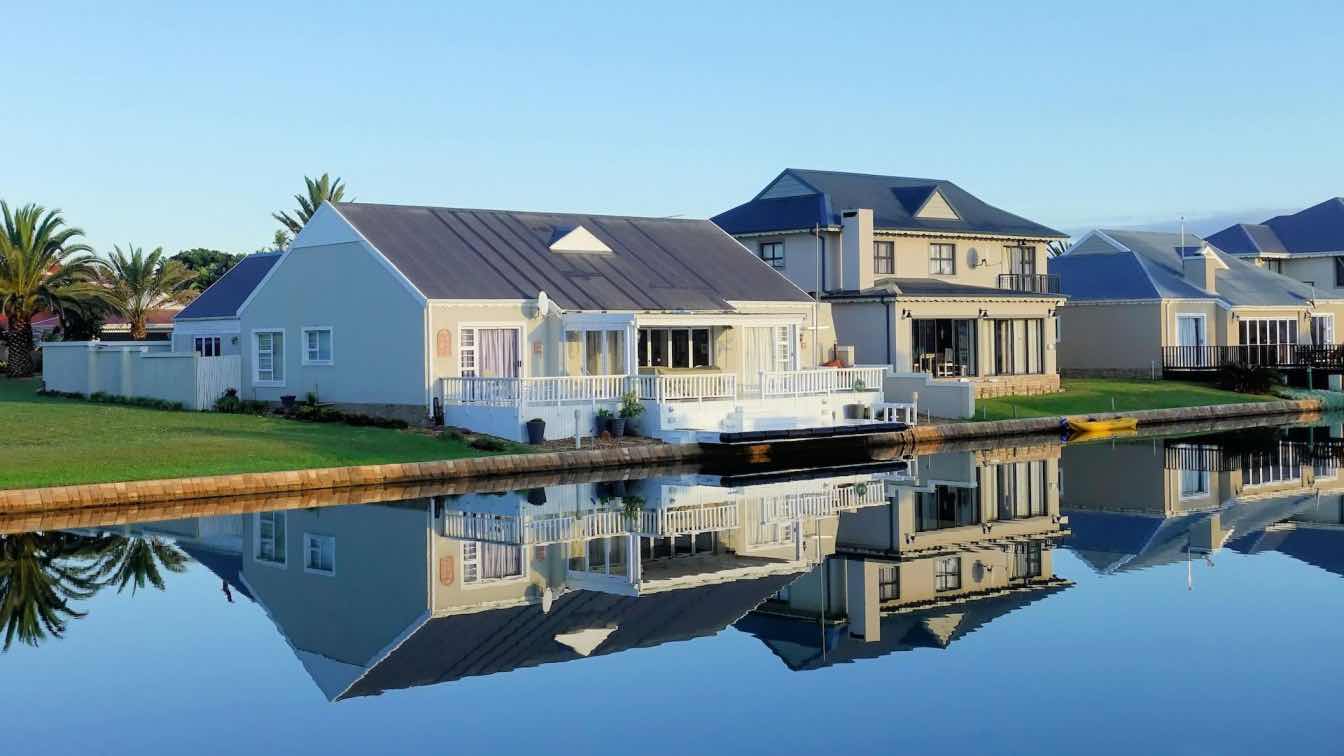The architecture of land-based casinos in Atlantic City is a fascinating blend of opulence, functionality, and cultural significance.
These structures are not just venues for gambling; they are architectural landmarks that reflect the history and evolution of the gaming industry in the United States.
This exploration will delve into the design elements, historical context, modern adaptations of these casinos, and their partnerships with online gaming platforms.
Historical Context of Atlantic City Casinos
Atlantic City has long been synonymous with gambling in the United States. The city’s journey began in the late 19th century when it became a popular seaside resort.
However, it wasn't until 1976 that New Jersey legalized casino gambling, paving the way for a new era of entertainment and architecture.
The first casino to open its doors was Resorts International in 1978, marking the beginning of a casino boom that would transform the city’s skyline.
Architectural Evolution
The architectural styles of Atlantic City casinos vary widely, reflecting different eras and design philosophies.
Early casinos like Resorts International featured a mix of modernist and postmodernist styles, characterized by bold colors and geometric shapes.
In contrast, newer establishments often embrace luxurious aesthetics, incorporating elements such as glass facades, intricate lighting designs, and expansive lobbies.
Iconic Structures of Atlantic City Casinos
Atlantic City is home to several iconic casinos, each with its unique architectural style and features. Below is a detailed exploration of three notable establishments:
1. The Borgata Hotel Casino & Spa,
2. Caesars Atlantic City, and
3. Hard Rock Hotel & Casino.
Each casino's architectural elements are highlighted in accompanying tables.
The Borgata Hotel Casino & Spa
The Borgata, which opened in 2003, is recognized for its luxurious Italian-inspired architecture. It stands out not only for its design but also for its commitment to providing an upscale experience.
|
Location |
1 Borgata Way, Atlantic City, NJ |
|
Opening Date |
July 2, 2003 |
|
Architectural Style |
Italian Renaissance |
|
Total Area |
2 million sq ft |
|
Number of Rooms |
2,000 |
|
Casino Size |
161,000 sq ft |
|
Signature Attractions |
The Borgata Spa & Salon |
|
Notable Restaurants |
Wolfgang Puck American Grille, Izakaya by Stephen Starr |
|
Design Features |
Grand entrance with marble floors, crystal chandeliers, and expansive gaming areas |
The Borgata's design emphasizes elegance and sophistication. The grand entrance features marble flooring and high ceilings adorned with intricate moldings. The casino floor is designed to facilitate easy navigation while maintaining a luxurious atmosphere.
Caesars Atlantic City
Caesars Atlantic City opened its doors in 1979 and has become a staple of the city’s gaming scene. Its architecture draws heavily from ancient Roman and Greek influences.
|
Location |
2100 Pacific Avenue, Atlantic City, NJ |
|
Opening Date |
June 26, 1979 |
|
Architectural Style |
Roman Empire |
|
Total Area |
145,000 sq ft |
|
Number of Rooms |
1,141 |
|
Casino Size |
124,720 sq ft |
|
Signature Attractions |
The Hook Qua Baths & Spa |
|
Notable Restaurants |
Nobu, Gordon Ramsay Hell's Kitchen, Morton's The Steakhouse |
|
Design Features |
Columned facades, frescoes, and luxurious lobbies |
Caesars Atlantic City is designed to evoke the grandeur of ancient Rome. Its exterior features grand columns and statues that create an impressive façade.
Inside, the casino boasts intricate ceiling details and opulent furnishings that enhance the overall luxurious experience.
Hard Rock Hotel & Casino
The Hard Rock Hotel & Casino opened in 2018 after a significant renovation of the former Trump Taj Mahal. It combines modern design with rock 'n' roll memorabilia.
|
Location |
1000 Boardwalk, Atlantic City, NJ |
|
Opening Date |
June 28, 2018 |
|
Architectural Style |
Modern |
|
Total Area |
1.5 million sq ft |
|
Number of Rooms |
2,000 |
|
Casino Size |
120,000 sq ft |
|
Signature Attractions |
Hard Rock Live Concert Venue |
|
Notable Restaurants |
Council Oak Steaks, Kuro |
|
Design Features |
Guitar-shaped entrance, vibrant colors, rock memorabilia |
The Hard Rock’s design is characterized by its bold use of color and modern aesthetics. The guitar-shaped entrance is a signature feature that sets it apart from other casinos.
Inside, guests are surrounded by rock 'n' roll memorabilia that creates an immersive experience celebrating music history.
Design Elements
Design elements in Atlantic City casinos are crucial for creating an engaging and immersive experience for guests.
These elements encompass everything from the layout of gaming floors to the aesthetic choices that reflect the unique themes of each establishment.
The architecture serves functional purposes and enhances the overall atmosphere, making each casino a destination in itself. By integrating modern design trends with traditional motifs, these casinos aim to captivate visitors and encourage them to explore every corner of the venue.
Functional Spaces
The layout of land-based casinos is meticulously planned to enhance the gaming experience while providing comfort to guests.
Key design elements include:
1. Gaming Floors: These are often expansive spaces filled with slot machines and table games. The arrangement encourages movement while maintaining sightlines across the floor.
2. Entertainment Venues: Many casinos incorporate theaters or concert halls to host live performances. These spaces are designed for acoustics and visibility, ensuring an immersive experience for attendees.
3. Dining Options: High-end restaurants and casual dining establishments are strategically placed throughout casinos to keep guests engaged and encourage longer stays.
Atmosphere Creation
Lighting plays a crucial role in creating the desired ambiance within casinos. Designers use a combination of natural light during daytime hours and artificial lighting at night to create a vibrant yet inviting atmosphere.
The use of color schemes—often reds, golds, and greens—aims to evoke feelings of excitement and luxury.
Partnerships with Online Casinos
Did you know that it is legally necessary in the US for land-based casinos to partner with online casinos, as this web source mentions? This collaboration has become increasingly common as both sectors seek to maximize their reach and profitability.
Land-based casinos have recognized the potential benefits of online gaming platforms. By partnering with established online operators, they can extend their brand presence beyond physical locations and tap into a broader audience.
This synergy allows them to offer integrated services where customers can enjoy both online gaming from home and in-person experiences at the casino.
A study by Eilers and Krejcik Gaming (EKG) revealed that online casinos positively impact revenue at land-based venues. The report indicated that states like New Jersey saw growth in gross gaming revenue (GGR) after introducing online options.
This trend underscores how traditional casinos can thrive alongside digital platforms without cannibalizing each other's markets.
Modern Adaptations
Modern adaptations in Atlantic City casinos reflect a growing commitment to sustainability and technological innovation. As the gaming industry evolves, these establishments are not only enhancing guest experiences but also addressing environmental concerns and operational efficiency.
From implementing energy-efficient technologies to embracing eco-friendly practices, casinos are redefining their roles as responsible corporate citizens.
This section will explore how Atlantic City casinos are integrating modern design principles and sustainable initiatives to create a more environmentally conscious and technologically advanced gaming environment.
Sustainability Initiatives
As environmental concerns grow, many Atlantic City casinos are adopting sustainable practices in their operations and designs. This includes energy-efficient lighting systems, water conservation measures, and eco-friendly materials in construction.
Technological Integration
Modern casinos are increasingly integrating technology into their architecture. For instance:
1. Smart Building Systems: These systems optimize energy use by adjusting lighting and climate control based on occupancy levels.
2. Interactive Displays: Digital signage throughout casinos enhances guest experiences by providing real-time information about promotions or events.
3. Mobile Integration: Many casinos now offer apps that allow guests to make reservations or place bets directly from their smartphones, seamlessly blending physical and digital experiences.
Cultural Significance
The architecture of Atlantic City casinos also reflects broader cultural trends in America. They serve as social hubs where people from diverse backgrounds come together to enjoy entertainment, dining, and gaming. The design often incorporates local culture or themes that resonate with visitors.
Community Impact
The presence of casinos in Atlantic City has had a profound impact on the local community, shaping its economy, social fabric, and overall quality of life. While the initial promise of revitalization and growth was significant, the reality has been mixed, with both positive and negative consequences.
Economic Contributions
The casino industry is a major economic driver for Atlantic City and the surrounding region. According to a recent report, the industry generated approximately $467 million in gross gaming tax revenue in 2023, marking a 12% increase from previous years.
|
Total Gross Gaming Revenue |
$3.32 billion in 2023 |
|
Gross Gaming Tax Revenue |
$467 million in 2023 |
|
Total Taxes and Fees Paid |
$681.95 million |
|
Capital Improvements |
$258 million in 2023 |
|
Number of Employees |
22,634 |
Social Responsibility and Philanthropy
Atlantic City casinos have made significant strides in community engagement through philanthropy and social responsibility initiatives. They have donated millions to local organizations, including the Community Food Bank of New Jersey and the Boys and Girls Club of Atlantic City.
|
Total Donations |
Millions annually |
|
Key Beneficiaries |
Community Food Bank, Boys and Girls Club |
|
Programs Supported |
Youth programs, food assistance |
Challenges Faced by the Community
Despite these contributions, the casino industry has faced criticism for not fully delivering on its promise of urban revitalization. Reports indicate that while casinos generate substantial revenue, much of it does not remain within the local economy1. The percentage of families living impoverished has risen from 23% to 29% since casinos were introduced, highlighting ongoing economic disparities.
Conclusion
The architecture of land-based casinos in Atlantic City is more than just functional design; it embodies history, culture, and innovation.
As these establishments continue to evolve—embracing partnerships with online platforms while prioritizing sustainability—they remain integral to the fabric of American entertainment culture.
Whether through opulent interiors or cutting-edge technology, Atlantic City’s casinos will undoubtedly continue to captivate visitors for years to come.





